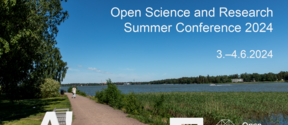Courage and creativity in higher education—how could we teach that?
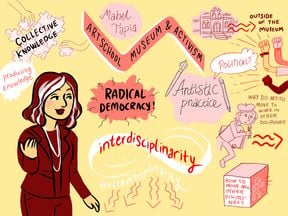
The first U-Create Symposium onTeaching Arts And Design Across Disciplines was organised in 2019 by the Art and Creative Practices initiative. Seven speakers focused on transdisciplinary teaching in higher education in this annual event to develop advanced creative pedagogy at AaltoUniversity.
‘If we don’t question our structures of knowledge, how can we create something new?’ asked independent researcher Mabel Tapia of Reina Sofia Museum, Madrid.
Traditionally, she said, the core function of art has been representing reality. This has been turned on its head, with artists now creating reality instead of simply (re)presenting it. This shift pushes artists outside of their normative genres, making artistic practices more operative and active and enabling them to make a strong impact on society.
Tapia stressed that when the function of art changes, so must the function of a museum, for example by becoming a laboratory of action.
She envisioned that museums could increasingly become ‘spaces of articulation’, where symbolic and material ideas are created and then go out into the world. Re-configuring an institution in such a way requires tension to bring about real changes.
Mabel TapiaHow do we work in a different way—not to simply learn or teach—but to build and share collective knowledge?"
The future of teaching is collaborative
Oscar Person, Assistant Professor of Design Integration, addressed emerging design professions and the new demands this places on the skill set of designers. He stressed that a designer’s skillset follows the development area in which she operates: ‘A game designer and a fashion designer are only similar to a certain extent.’
These demands place special requirements on university teaching. ‘What we need to learn and teach differs by application area—a fixed set of tools is seldom the solution,’ said Person.
In promoting new forms of design thinking, he argued that working across disciplines and offering audience-tailored advice is crucial. Co-teachings is essential, said Person, ‘a small team that dares to explore opinions in class.’
Associate Professor of Product Development Katja Hölttä-Otto from the Aalto Design Factory explained the role of empathy at the beginning of a problem-solving process to understand the context. Methods are then selected to enable better decisions about project planning, concept design and execution.
She concurred with Oscar Person:
‘Design thinking is not a certain suite of methods—it is always related to the context’.
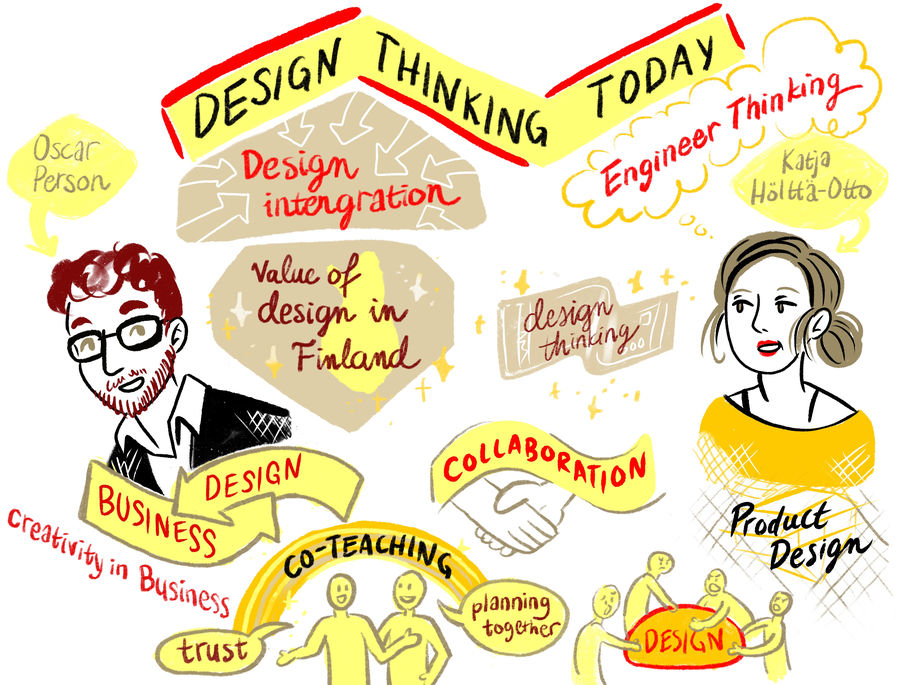
Hölttä-Otto reminded that in the end, it is the process and solution—and the people involved—that matter, not the discipline it comes from. ‘For me, discipline is a synonym for a silo. Discipline-free design is problem-based. In a good team, everyone contributes, there is a lot of trust, mutual respect and a common goal.’
Transdisciplinarity works!
Design and arts develop and share knowledge in a unique way, and can be combined with traditional skills to become powerful agents for social innovation. Tatu Marttila, post-doctoral researcher in the Aalto Creative Sustainability programme, made the case that the kind of transformation described by Mabel Tapia is also happening in institutions of higher education.
Marttila sees the potential here to reach more people and achieve more: ‘Transdisciplinarity brings the academy to a broader public domain, to develop society and culture’, he explained.
Anniina Suominen, Professor of Art Education, said that art can make intangible or difficult questions visible, such as the following: ‘How do we relate to animals and nature? How do we treat our national heritage? What is dignity of end of life care? Art deals with ethics, emotions and values, which are hard to measure but cannot be ignored.’
According to Marttila, the practice of design is having a fundamental influence on how it is taught. Design weaves perspectives together into a shared problem space, enabling collaborative structuring. ‘We’re moving from lectures to problem-based learning, and learning through practice,’ he said.
Suominen said that our challenge is to make sustainability visible.
'Shocking images do not change people’s minds or behaviours. Instead, we need to address human emotions in a constructive way, through a pedagogy of hope.'
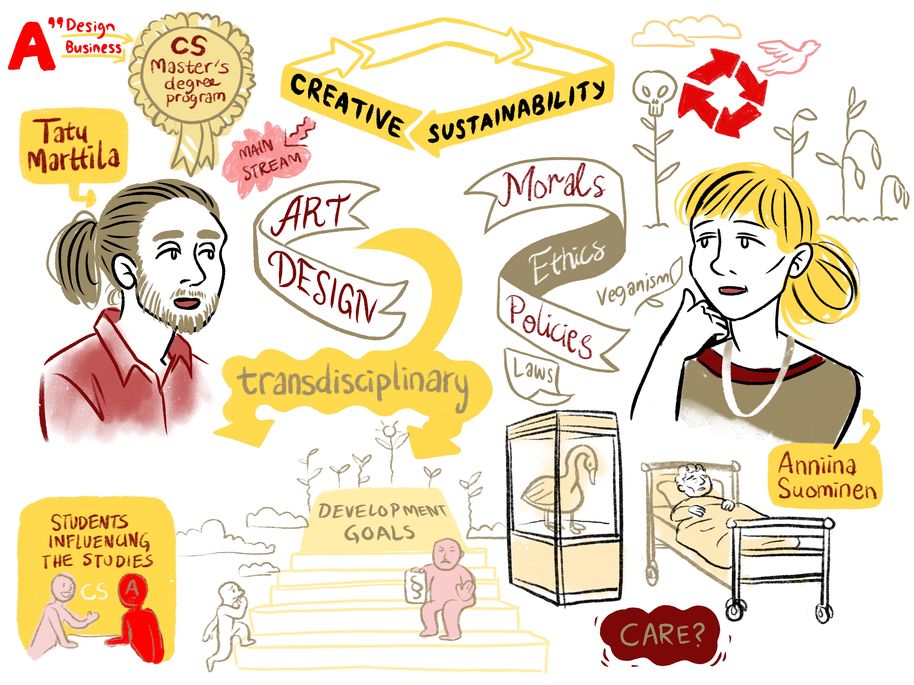
Design pedagogy teaches context-related discovery
‘Design is fundamentally creative by nature’, said Pirita Seitamaa-Hakkarainen, Professor of Craft Studies at University of Helsinki. She has been studying how to encourage young children to work on collaborative innovations. ‘In collaborative settings, you negotiate and share your ideas in order to create a shared design or object.’
Finally, Salu Ylirisku, Senior University Lecturer in the School of Electrical Engineering, mused on the differences between reflective and specialist skills and the value of each.
Technology studies have traditionally focused on specialist skills, he said, which are often abstract, rational and logical by nature. ‘They deal with certainty and individual problem-solving with measurable outcomes and clear documentation.’
By contrast, design studies are reflective and involve embodied sense-making, relevance and collaborative problem-solving, with outcomes that involve meaningful and valuable artefacts, which can be measured experimentally, but not in numbers.
‘We need both skills in problem-solving: specialist reasoning in abstract and formal logic, and reflective skills to be able to frame and understand context-related experiences,’ he said.
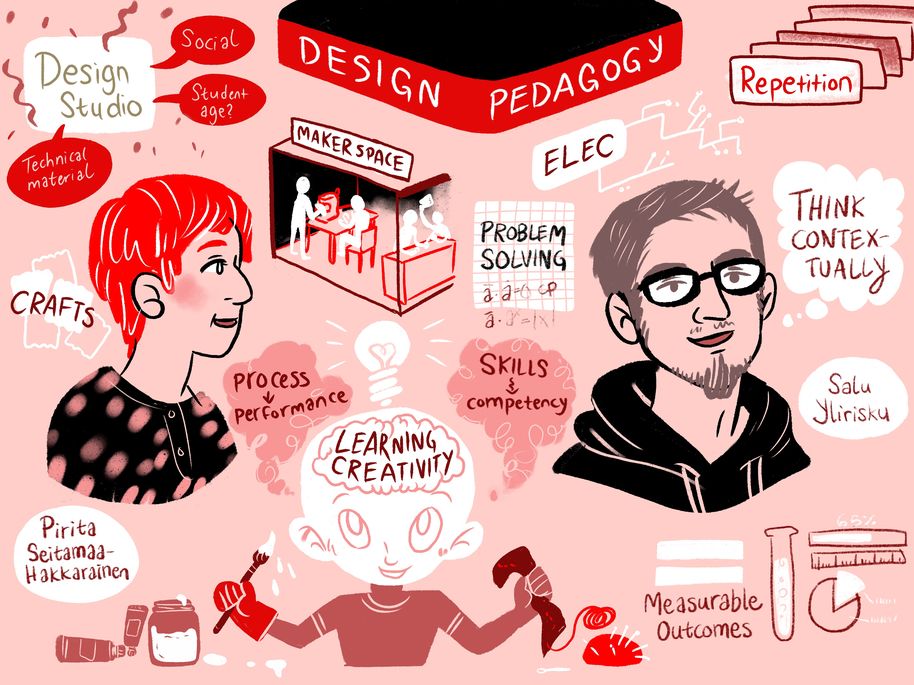
Vocabulary:
MULTIDISCIPLINARY
People from various fields working alongside each other. The work of each may or may not influence others.
INTERDISCIPLINARY
People working together so that the result depends on both.
TRANSDISCIPLINARY
People crossing disciplines to create something new together.
The next U-Create Seminar on Creativity will take place at Aalto University on Friday, November 29, 2019. The seminar is free and open to everyone, but please remember to register.
Save the date: The second U-Create Teaching Symposium is planned to be organized on April 23, 2020.
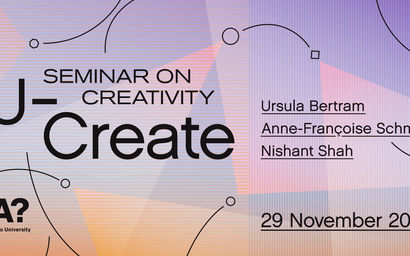
U-Create Seminar on Creativity 2019
What is the significance and future of creativity across society, industry and academia?
Unfolded
Aalto University UNFOLDED magazine focuses on contemporary issues dealing with creativity, experimentation, and transdisciplinary co-creation.
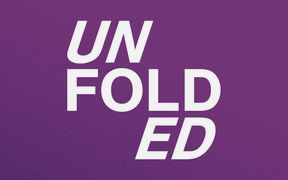
- Published:
- Updated:
Read more news
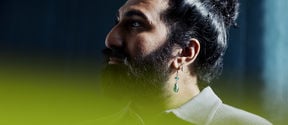
5 ways to train your creativity this Spring and Summer
To celebrate the United Nations World Creativity Day on April 21, we made a list of five tips to boost your creativity this Spring/Summer
Robotics needs safe behavior patterns
Robotics and autonomous systems are developing rapidly. Algorithms that withstand disturbances and uncertainties in the system model and environment are critical for development.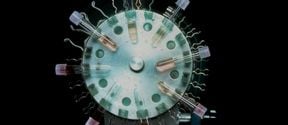
A new way to do controlled experiments in medicine: simulate the control
Generative AI could augment randomized controlled trials.